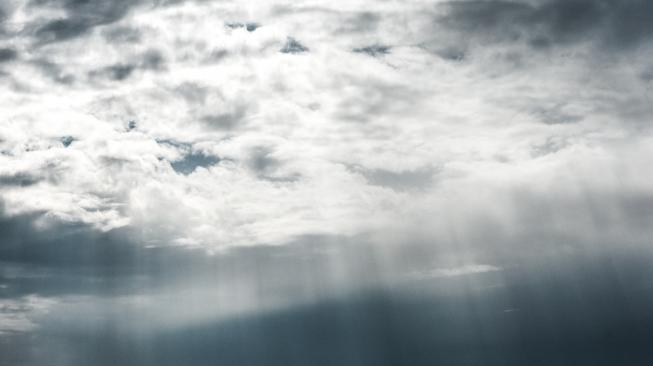Illustration of celestial phenomena. [Shutterstock]
Many celestial phenomena that can be used to be captured with a camera lens.
SuaraBatam.id – Lots sky phenomenon which can be immortalized with camera lens, such a phenomenon Milky Way.
However, not everyone knows how to photograph this natural phenomenon.
Reported from Space.com, Wednesday (8/9/2021), here are five ways to photograph the old sky for beginners:
1. Camera
Also Read:
Hubble Telescope Peeking Cluster of Bright Stars in Neighboring Milky Way
To get the best picture, users can use a DSLR or mirrorless camera in manual mode.
A full frame camera will perform best in low light situations because it has a larger sensor and captures more light.
However, modern crop-sensor cameras are very capable of astrophotography and are a more affordable option than full frame cameras.
2. Camera settings
Camera settings will vary slightly depending on the light around the viewing location and focal length.
Also Read:
5 Beautiful Sky Phenomena Throughout September 2021, There Is an Equinox
For camera mode, the observer must set the shutter speed and ISO manually. The higher the ISO, the more the light signal is amplified from the camera sensor.
Observers will need to shoot at high ISOs, but that will run the risk of adding a lot of noise. It is recommended to start at ISO 3200.
However, observers may need to adjust to ISO 1600 if they encounter a lot of ambient light or light pollution.
In order to process the newly acquired sky image, the user must shoot in the raw image file type so that the observer can capture and store as much data as possible.
3. Lens
Fast wide angle or super-wide angle lenses in the 12-35mm range are best suited for landscape astrophotography.
The wide-angle focal length allows the observer to capture a large portion of the night sky.
![Illustration of a camera lens. [Shutterstock]](https://media.suara.com/pictures/653x366/2019/03/21/15881-ilustrasi-lensa-kamera.jpg)
Fast lenses are lenses that have a large maximum aperture.
Lenses with a maximum aperture of f/2.8 or lower are considered fast lenses and are excellent for astrophotography.
4. Accessories
Observers need accessories or supporting equipment when shooting, such as tripods, headlights, and remote shutter releases.
A tripod can help the observer when taking long exposures.
The movement of the camera from the wind will quickly spoil the image, so the observer must have a solid foundation.
While the headlights at night are used to maintain night vision. Headlights are also useful for “light painting” objects in the foreground of an image.
The remote shutter release allows the observer to trigger the shutter while minimizing the risk of vibration.
If the observer does not have a remote shutter release, use the timer on the camera to ensure there is no camera movement during the exposure.
5. Determine the place and subject

The observer must be in a very dark area of the sky to capture detailed images of the sky. Choose a location that is far from urban areas and without light pollution.
On the other hand, the observer must also know what object will be immortalized. To make things easier, observers can check objects in the Stellarium and Starwalk 2 applications.
(Lintang Siltya Utami)
– .


